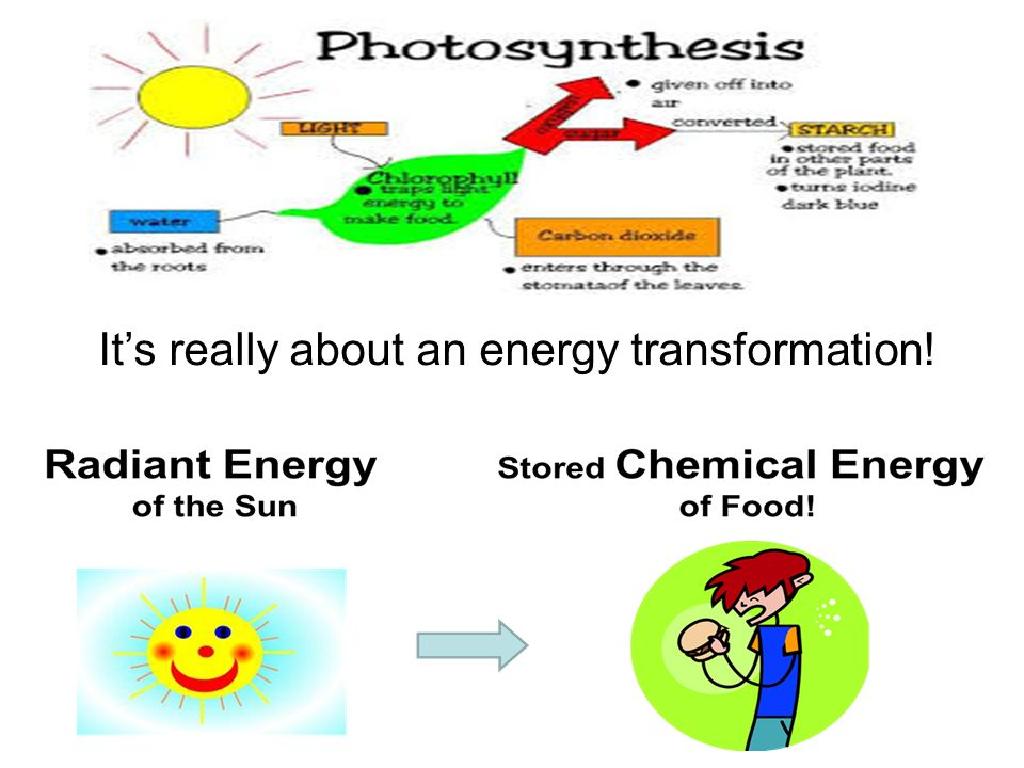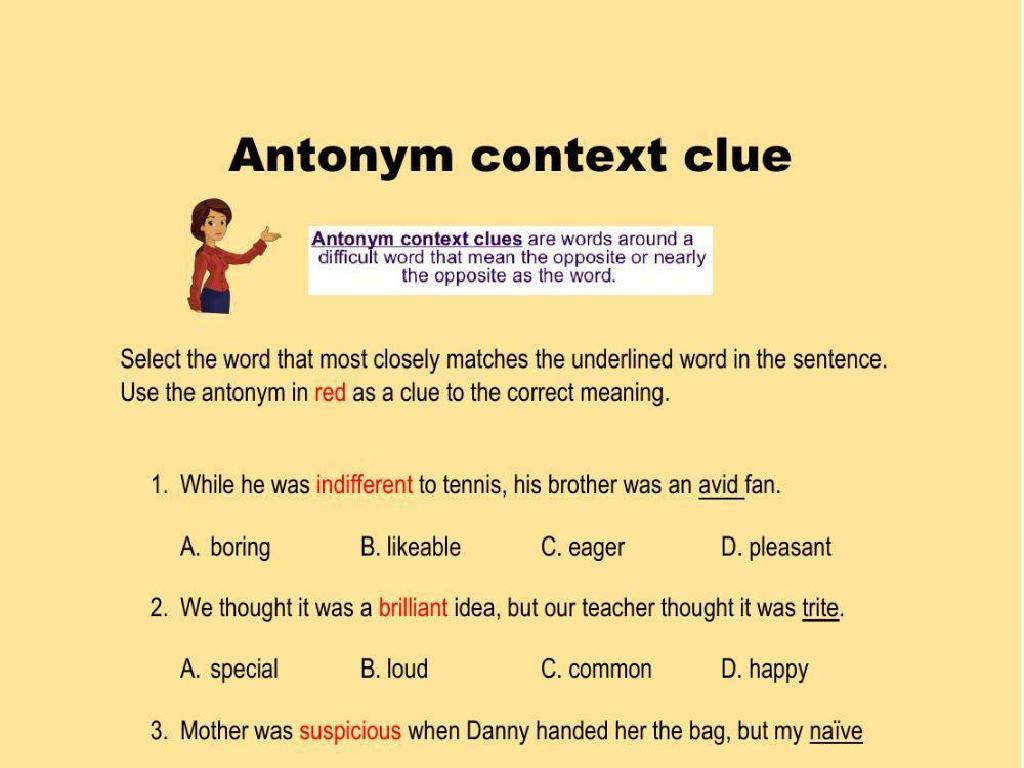Complete A Table For A Linear Function
Subject: Math
Grade: Eighth grade
Topic: Linear Functions
Please LOG IN to download the presentation. Access is available to registered users only.
View More Content
Introduction to Linear Functions
– Define linear functions
– A linear function creates a straight line graph.
– Linear relationships in life
– Examples: speed over time, cost of items.
– Completing function tables
– Fill in missing values using the function rule.
– Today’s learning objectives
– Understand how to complete and use function tables.
|
This slide introduces the concept of linear functions, which are mathematical expressions that create straight lines when graphed. Students will see how these functions apply to real-life situations, such as calculating speed over time or the total cost of multiple items. The lesson will focus on teaching students how to complete a table for a linear function by applying the function rule to find missing values. By the end of the lesson, students should be able to confidently fill in a table for any linear function and understand its practical applications. Encourage students to think of other examples where they encounter linear relationships in their daily lives.
Understanding Linear Functions
– Define a linear function
– A function with a constant rate of change
– General form: y = mx + b
– m is the slope, b is the y-intercept
– Identify linear functions
– Look for straight lines in graphs
– Equations vs. graphs
– Equations in this form represent straight lines
|
A linear function is one of the most fundamental concepts in algebra, representing a constant rate of change. It’s graphed as a straight line and can be identified by its slope-intercept form, y = mx + b, where ‘m’ represents the slope, and ‘b’ is the y-intercept. When teaching this concept, emphasize the visual difference between linear and non-linear functions on graphs and how to derive the equation from a graph. Provide examples of linear functions both in equation form and graphically. Encourage students to practice by creating tables of values from given linear equations and plotting them to see the linear relationship.
Understanding Slope and Y-intercept
– Slope (m) represents rate of change
– If m=2, as x increases by 1, y increases by 2
– Y-intercept (b) is the starting value
– Point where the line crosses the y-axis
– Graph changes with slope and y-intercept
– Steeper slope = steeper line; higher y-intercept = higher start
– Slope-intercept form: y = mx + b
– Use m and b to write equation of a line
|
This slide introduces students to the concepts of slope and y-intercept, which are fundamental in understanding linear functions. The slope, denoted as ‘m’, indicates the rate at which the y-value changes for every one unit increase in the x-value. The y-intercept, denoted as ‘b’, is the point where the line crosses the y-axis, representing the value of y when x is zero. It’s crucial for students to grasp how variations in slope and y-intercept values affect the appearance of a graph. The slope-intercept form of a linear equation, y = mx + b, combines these concepts, allowing students to write the equation of a line when given the slope and y-intercept. Encourage students to practice plotting linear functions on a graph and to experiment with different values of m and b to see the effects on the graph’s line.
Creating a Table for a Linear Function
– Steps to complete a function table
– Choose values for x
– Pick any numbers you like for x
– Calculate corresponding y values
– Use the function rule to find y
– Example: y = 2x + 3
– If x=1, y=2(1)+3; y=5
|
This slide is aimed at teaching students the process of creating a table for a linear function. Start by explaining the step-by-step method to fill out a table with x and y values. Emphasize the importance of choosing a range of x values, including negative, zero, and positive numbers, to get a comprehensive set of points for the function. Demonstrate how to apply the function rule to each chosen x value to calculate the corresponding y value. Use an example, such as y = 2x + 3, to illustrate the process. Have students practice with this example and then create their own tables using different linear functions. Encourage them to check their work by plotting the points to see if they form a straight line.
Completing a Table for a Linear Function
– Understanding y = 2x + 3
– A linear function with a slope of 2 and y-intercept of 3
– Calculate y for x = -2, -1, 0, 1, 2
– For x = -2, y = -1; x = -1, y = 1; x = 0, y = 3; x = 1, y = 5; x = 2, y = 7
– Fill in the table together
– Use the function to complete the table, showing the relationship between x and y
– Discuss patterns observed
– Notice how y increases by 2 as x increases by 1
|
This slide is aimed at teaching students how to complete a table for a linear function. Start by explaining the function y = 2x + 3, emphasizing the slope and y-intercept. Work through the example by substituting the given x values into the function to find the corresponding y values. As you fill in the table, ensure students understand each step and the relationship between x and y. Highlight the pattern that emerges as x increases, the value of y increases by the slope amount, which is 2 in this case. Encourage students to recognize the consistent change in y as a result of the linear relationship. This exercise will help solidify their understanding of linear functions and how to visualize them in a table format.
Practice Time: Linear Function Tables
– Individual practice on function tables
– Fill in tables for assigned linear functions
– Pair up and share your tables
– Exchange tables with a partner and compare results
– Discuss the role of slope and y-intercept
– How do changes in slope and y-intercept alter the table values?
– Reflect on patterns observed
– Notice how the table values change consistently with the slope
|
This slide is designed for an interactive class activity focused on understanding linear functions through practice. Students will first work individually to complete tables for given linear functions, ensuring they understand how to apply the function rule to generate ordered pairs. Afterward, they will pair up with a classmate to compare their completed tables, fostering peer learning and collaboration. The discussion should revolve around the impact of the slope and y-intercept on the table’s values, reinforcing the concept that the slope determines the rate of change between the x and y values, while the y-intercept is where the graph crosses the y-axis. Encourage students to observe the linear pattern in the table as the x values increase. Possible activities could include completing tables with different slopes and y-intercepts, predicting table values before filling them in, and graphing the functions to visualize the linear relationships.
Class Activity: Graphing Linear Functions
– Graph linear functions using tables
– Determine the slope and y-intercept
– Slope is rise over run, y-intercept is where line crosses y-axis
– Present and explain your graph
– Share your graph with the class, explaining the slope and y-intercept
– Discuss the relationship between table and graph
– How does the table values translate to the graph?
|
In this activity, students will use the tables they have completed to graph the corresponding linear functions. They should plot the points from the table onto a graph and draw the line that connects them. Students will identify the slope of the line, which represents the rate of change, and the y-intercept, the point where the line crosses the y-axis. Each student will then present their graph to the class, explaining how they determined the slope and y-intercept. Encourage students to discuss how the information in the table is represented visually in the graph. Possible variations of the activity could include using different scales on the axes, comparing graphs of different linear functions, or exploring the effects of changing the slope or y-intercept on the graph’s appearance.
Review: Completing a Linear Function Table
– Recap table completion steps
– Review: Identify the function, calculate values, fill the table.
– Open floor for class questions
– Discuss real-world applications
– Examples: Budgeting, distance-time relationships.
– Encourage critical thinking
– How can linear functions help in daily decisions?
|
This slide aims to consolidate the students’ understanding of completing tables for linear functions. Begin by summarizing the steps: starting with the function formula, calculating the y-values for given x-values, and filling in the table systematically. Open the floor for questions, ensuring that students feel comfortable with the process. Discuss real-world applications, such as budgeting where a linear function can represent spending over time, or physics where it can represent distance traveled over time. Encourage students to think critically about how linear functions appear in their daily lives and the importance of understanding them for making informed decisions. Provide examples and facilitate a discussion that allows students to connect mathematical concepts with practical situations.
Homework: Linear Functions Worksheet
– Complete the linear functions worksheet
– Fill in tables for each function
– Use given values to calculate missing ones
– Graph the functions on the coordinate plane
– Plot points and draw the line of the function
– Find a real-world linear function example
– Could be anything with a constant rate, like saving money
|
This homework assignment is designed to reinforce students’ understanding of linear functions by having them complete a worksheet that requires them to fill in tables and graph the functions. Students should use the function rules to find missing values in the tables and then plot these values on a coordinate plane to visualize the linear relationship. Encourage students to think critically about where they see linear functions in the real world, such as in financial savings or distance over time scenarios. In the next class, be prepared to facilitate a discussion where students can share their tables, graphs, and real-world examples, fostering a deeper comprehension of the topic.






